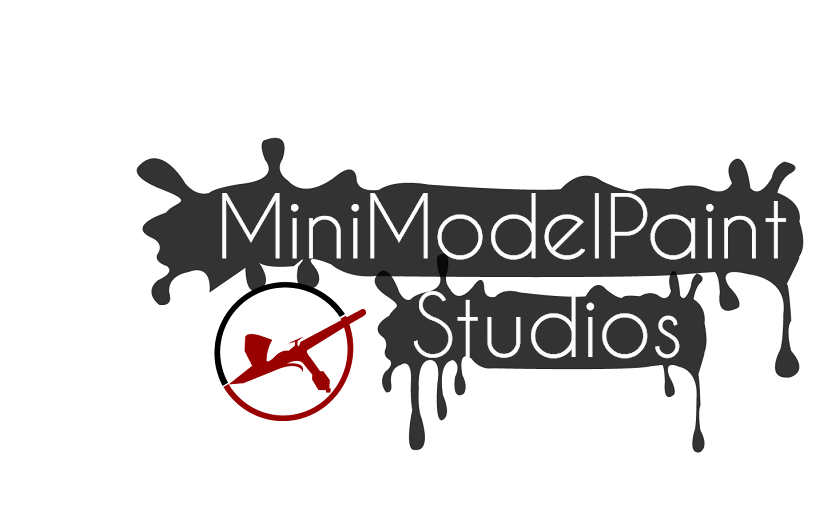Recasting.
I apologise for swearing so harshly. These are, by far, the worst words in the hobby.
eBay is awash with kits from the Far East pretending to be cheap, legit, versions of expensive, rare originals. The copyright thieves get away with a fair amount, too, as many kits are long out of production, so there are no legal teams to chase claims in court.
You won't find much in the way of GW pirating on eBay, but AEF Design, Geometric and Halcyon get a lot of repops, and some fancy short-run garage resin kits suffer from 'rereleases' in white vinyl or cheap, soft-edged resin. You can usually tell the originals from the fakes, and it's up to us to not support that industry.
I have some of these kits - granted, they're from before I knew enough about the issue, and I'll only use them for technique practice. I'll never sell them on - not in kit form or even fully finished.
That said, making copies of components can be useful for repairing kits, and depending on the complexity of the original you can achieve a good end result in a number of ways.
1. Silicone RTV rubber moulds - complex, 3D shapes
2. Press moulding - simple one-sided imprints
I'll go into detail another time about making rubber moulds. It's almost a black art to get right (much like mixing resin).
Here's a video I've created that quickly runs through the process of press moulding using a brilliant reusable substance called Instant Mold. I originally saw this on CMON, but you can get it, or variants of it, in many places online.
Here are some things to consider when making moulds of any sort.
1. Is this a copy of an existing component?
2. Is this component out of production?
3. Will I be selling this component as a standalone part or in a finished piece?
In all of the above, you'd be breaking a law somewhere. Ethical grey areas exist, especially when OOP kits and parts are involved, but the bottom line is: Copying something that someone else designed treads on that designer's toes in a heavy legal way.
In a lot of cases, you won't have any issues, but you are opening yourself up to problems.
In the case of my above video, I've copied a portion of a straw. I haven't checked whether the design is in the public domain or not, but I'm not making a copy of a straw to be used as a straw. It's for a texture that has no similar use to the original design requirement. I'm not a lawyer, but that's my understanding of the law. I've seen design-based lawsuits fail because 'look and feel' was for a different market, and consumer confusion wouldn't exist.
On the other hand, I once intended on producing a diorama based on a scene from Aliens. AEF Designs made some great 1:35 scale figures and eggs which matched the scale of Halcyon's APC vehicle. AEF Designs stopped producing these in favour of armour upgrade parts for more commercial subjects, but they still own the copyright for the Aliens figures - maybe not the licence to distribute, but certainly the rights to the sculpts.
Getting hold of these kits is expensive, but that doesn't mean I'd have the right to duplicate the eggs just to populate a diorama. The more eggs I'd need, the pricier the scene would become to produce, so a rethink was required.
Have loads of fun duplicating stuff for projects, but ask the right questions first. Also, be prepared to not like the answers you get through your research. It might not seem fair that it's illegal to dupe OOP parts, but then I'm not 6ft tall, and I can't fly, and that's not fair either.

No comments:
Post a Comment